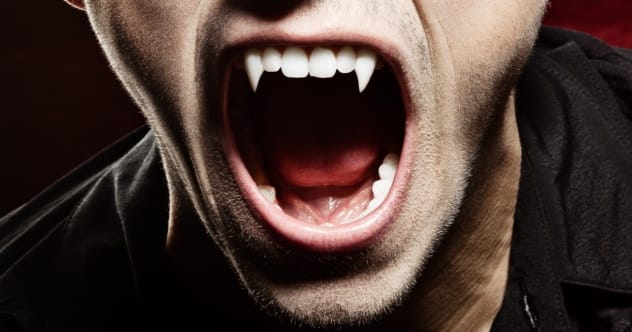Imagine swallowing a piece of a mummy or drinking human blood as a form of medicine. Sounds like a horror movie, right? But between 1492 and 1800, Europeans did exactly that. While denouncing other cultures for cannibalism, they turned to human remains as a source of healing. Get ready to be shocked by these ten unbelievable facts about corpse medicine.
Yummy Mummies for Medicine
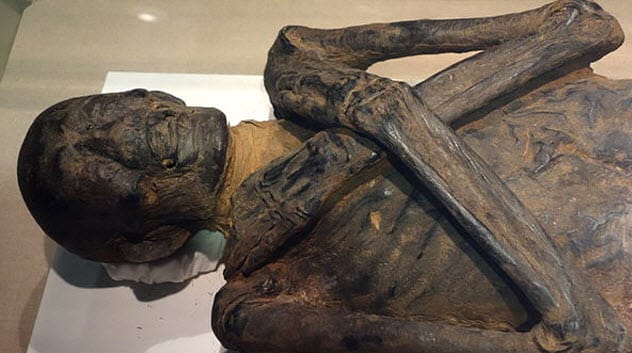
During the Middle Ages, ancient Egyptian mummies became a hot commodity for European physicians. They believed that the mummies held medicinal properties. In Cairo, people were even caught digging up bodies, boiling them, and selling the extracted oil to Europeans. By Shakespeare’s time, mummies were being unearthed daily from pyramids. When smuggling became difficult, merchants resorted to baking dead lepers and beggars to create ‘counterfeit mummy.’ Even Guanche mummies from the Canary Islands were plundered, turning civilized Europeans into consumers of ancient Egyptians and Africans.
Drink the Red Tincture
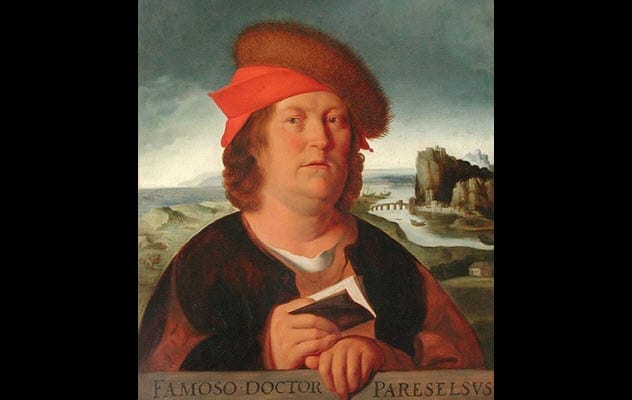
Ever wondered what went into the ‘red tincture’? The recipe called for the cadaver of a reddish man, ideally around twenty-four years old, who had died violently and was exposed to the moon. The flesh was cut, sprinkled with myrrh and aloe, soaked, and then hung to dry. The resulting tincture was popular among followers of Paracelsus, a controversial medical reformer. His influential follower, Sir Theodore Turquet de Mayerne, even treated royalty like Henri IV and Charles I with these remedies.
The Vampire Pope and the Vampire Aristocracy

In 1492, as Pope Innocent VIII lay dying, his physician allegedly bribed three healthy youths to give their blood in an attempt to revive the Pope. The youths died, and the Pope soon followed. While this account by Stefano Infessura is controversial, the idea of blood transfusions for rejuvenation was not new. Marsilio Ficino, a respected Renaissance figure, suggested that the elderly could rejuvenate themselves by ‘sucking the blood of an adolescent.’
Cannibal Monarchs
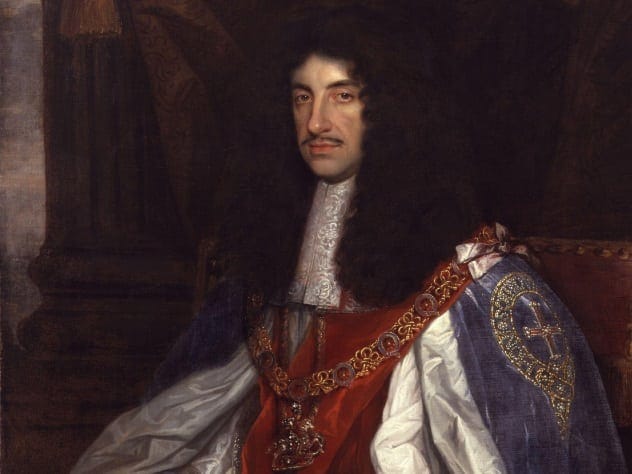
While James I refused corpse medicine, Charles II was a big fan. After Charles I’s beheading in 1649, spectators mopped up his blood with handkerchiefs, believing it could cure ‘the king’s evil.’ Charles II even paid £6,000 for the recipe for ‘spirit of skull,’ a distillation that became known as ‘the King’s Drops.’ It was used to treat everyone from Lady Anne Dormer (depression) to Queen Mary (on her deathbed). Emperor Francis I of France always carried mummy in his purse, while William III was given powdered skull for epilepsy.
Cannibal Aristocrats and Gentry
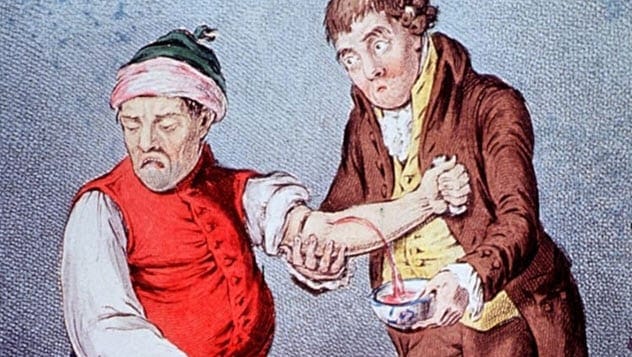
Robert Boyle, known as the Father of Chemistry, distilled human blood into various treatments, often giving them to noble patients under a false name. Elizabeth Grey, Countess of Kent, included powdered skull in her epilepsy cure. Many noblewomen made their own cannibal medicines using mummy, skull, blood and fat. Imagine being a tenant and being offered these peculiar treats!
The Secret History of Human Skulls

In Charles II’s time, a human skull was a valuable commodity. Shavings or powder of skull were used against epilepsy and haemorrhoids. The most prized skulls had moss growing on them, which was powdered and used to stop bleeding. Robert Boyle swore by Irish moss from skulls, even claiming it worked when merely held in his hand. Skulls were imported from Ireland (battlefields left many remains) and then shipped to Germany, complete with import and export duties.
The Secret History of Human Fat
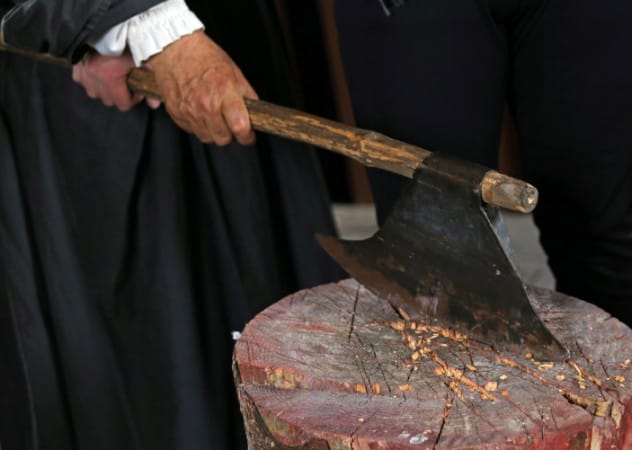
During the Siege of Ostend in 1601, Dutch surgeons plundered human fat from slain Spanish soldiers to treat wounds. Human fat was a prime treatment for injuries, and executioners often sold it or used it themselves to perform cures. In Britain, human fat was used to treat rabies, gout, cancer and arthritis. In Norfolk in 1736, a wife sold her hanged husband’s body to a surgeon, assuring him that ‘he is as fat as butter.’
Medical Vampires at Public Executions
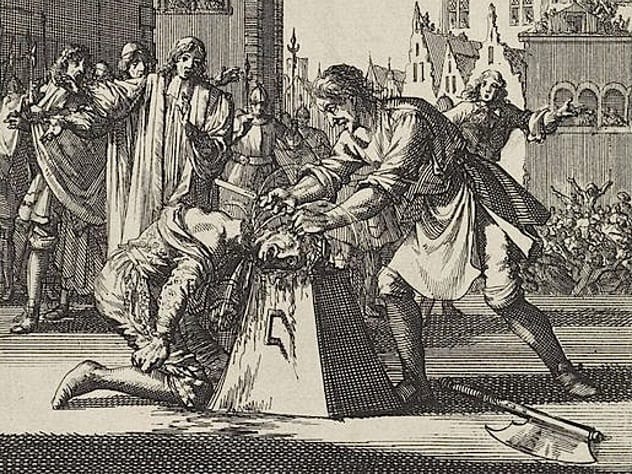
In 1668-9, an English traveller witnessed a man drinking the fresh blood of an executed person as a remedy against epilepsy. Hundreds, if not thousands, of people with epilepsy drank hot blood at public executions in Austria, Germany, and Scandinavia. Even in 1866, people in Sweden were seen cramming blood-soaked dirt into their mouths after a beheading when guards tried to prevent the practice.
The Secret History of the Soul

Corpse medicine was underpinned by the belief that you could swallow the powers of the human soul by drinking blood or distillations of skull or flesh. Those who drank hot blood at executions thought they had the highest chance of absorbing such power. Paracelsus believed a corpse was useful for up to three days after death because the soul lingered in the body. The young, red-headed men killed by violence offered the greatest source of youthful vitality.
When and Why Did It End?

Around 1750, the educated began to reject corpse medicine, with figures like Dr. Johnson deriding it as a ‘horrid medicine’ of a backward past. As the idea of the soul in the body faded, people no longer seemed worth eating for medicine. The emerging Medical Profession sought to clean up its image, and corpse medicine wasn’t a good look. Despite the backlash, ordinary people continued to use corpse medicine for over a hundred years. Even in Victorian times, skulls were used to treat children, and in Scotland, epileptics were advised to drink from the skull of a suicide until around 1900.
Corpse medicine, though strange and disturbing, was a real practice in Europe for centuries. It shows how beliefs about the body, soul, and disease have drastically changed over time. The next time you reach for a modern medicine, remember the bizarre and unsettling history of what people once considered healing!
What do you think about these practices? Let us know in the comments below!


